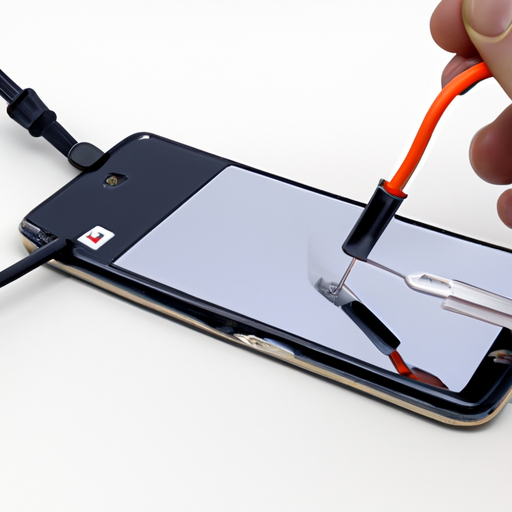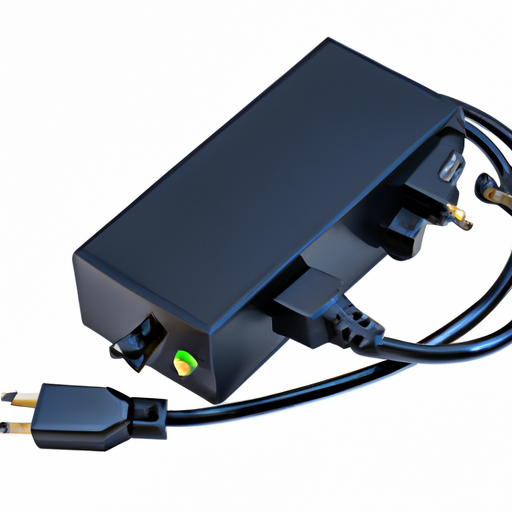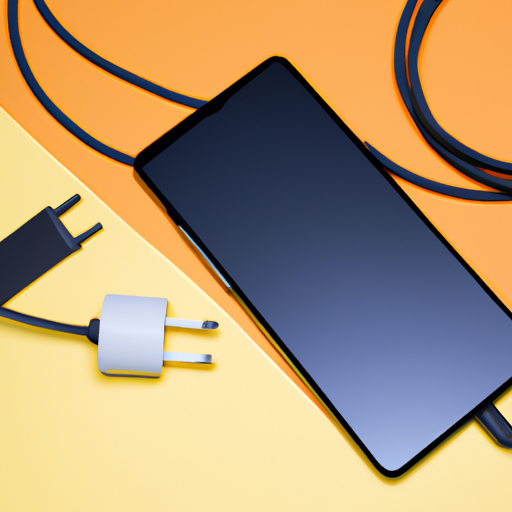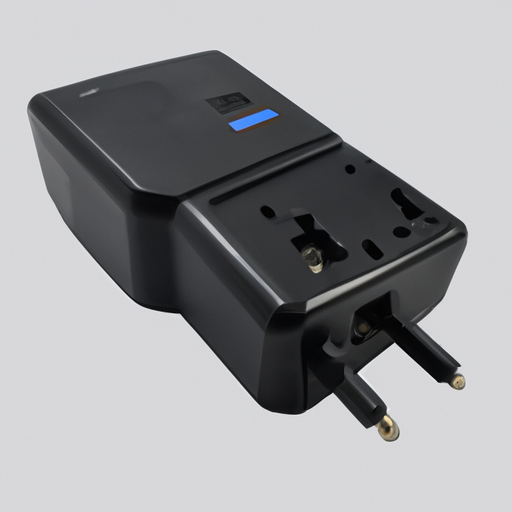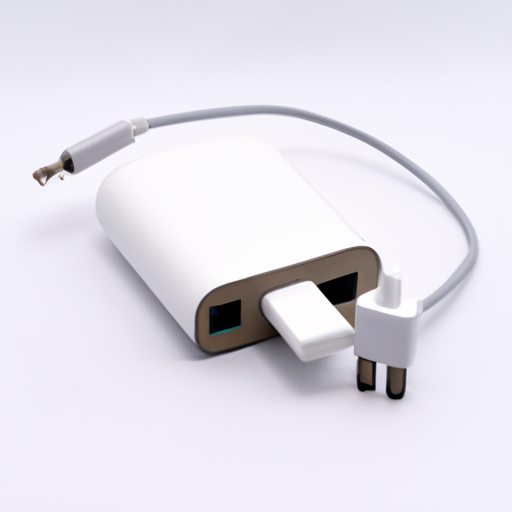Development Trends in the Fast Charging Mobile Power Supply Repair Industry
I. Introduction
In an era where speed and efficiency are paramount, fast charging mobile power supplies have become essential components of modern technology. These devices, designed to deliver high power levels to smartphones, tablets, and other gadgets in a fraction of the time it takes traditional chargers, have revolutionized the way we use our devices. As the demand for fast charging technology continues to grow, so does the need for a robust repair industry that can address the inevitable wear and tear these power supplies experience. This blog post explores the current state of the fast charging mobile power supply repair industry, technological advancements, sustainability considerations, market trends, challenges, and future outlook.
II. Current State of the Fast Charging Mobile Power Supply Repair Industry
A. Overview of the Market Landscape
The fast charging mobile power supply repair industry is a dynamic sector characterized by a diverse range of players, including independent repair shops, authorized service centers, and manufacturers. Key stakeholders include battery manufacturers, electronic repair specialists, and technology companies that produce fast charging solutions, such as Qualcomm with its Quick Charge technology and the USB Implementers Forum, which oversees USB Power Delivery standards.
B. Common Issues Faced by Fast Charging Mobile Power Supplies
Despite their advanced technology, fast charging mobile power supplies are not immune to problems. Common issues include:
1. **Battery Degradation**: Over time, batteries lose their ability to hold a charge, leading to reduced performance and efficiency.
2. **Circuit Board Failures**: The intricate circuitry within power supplies can fail due to overheating, manufacturing defects, or physical damage.
3. **Connector and Cable Issues**: Frequent plugging and unplugging can lead to wear and tear on connectors and cables, resulting in poor connections and charging failures.
C. Repair vs. Replacement: Economic Considerations
When faced with a malfunctioning fast charging mobile power supply, consumers often grapple with the decision to repair or replace the device. Repairing a power supply can be a cost-effective solution, especially for minor issues, while replacement can be more appealing for those seeking the latest technology. Understanding the economic implications of both options is crucial for consumers and repair businesses alike.
III. Technological Advancements in Repair Techniques
A. Innovations in Diagnostic Tools
The repair industry has seen significant advancements in diagnostic tools that enhance the efficiency and accuracy of repairs. Software solutions now allow technicians to troubleshoot issues remotely, while hardware tools enable precise physical repairs. These innovations streamline the repair process, reducing downtime for consumers.
B. Development of Modular Components
Modular design is gaining traction in the fast charging mobile power supply sector. By creating components that can be easily replaced or upgraded, manufacturers facilitate repairs and extend the lifespan of devices. Examples of modular power supply components include interchangeable batteries and plug-and-play circuit boards, which simplify the repair process and reduce waste.
C. Use of Artificial Intelligence and Machine Learning
Artificial intelligence (AI) and machine learning are transforming the repair landscape. Predictive maintenance tools can analyze usage patterns and predict potential failures before they occur, allowing for proactive repairs. Additionally, automation in repair processes can enhance efficiency, reducing labor costs and turnaround times.
IV. Sustainability and Environmental Considerations
A. The Impact of E-Waste on the Environment
The rapid pace of technological advancement has led to a significant increase in electronic waste (e-waste), which poses a serious environmental threat. Fast charging mobile power supplies, like many electronic devices, contribute to this growing problem when they are discarded rather than repaired.
B. Repair as a Sustainable Alternative to Replacement
Repairing fast charging mobile power supplies is a sustainable alternative to replacement, helping to mitigate e-waste. By extending the life of these devices, consumers can reduce their environmental footprint while saving money.
C. Trends in Recycling and Repurposing Old Power Supplies
The repair industry is increasingly focused on recycling and repurposing old power supplies. Many repair shops now offer services to recycle components, ensuring that valuable materials are recovered and reused. This trend not only benefits the environment but also creates a circular economy within the tech industry.
D. Government Regulations and Incentives for Repair Services
Governments worldwide are recognizing the importance of repair services in promoting sustainability. Regulations aimed at reducing e-waste and encouraging repairability are being implemented, along with incentives for businesses that prioritize repair over replacement. These initiatives are fostering a culture of repair and sustainability within the fast charging mobile power supply industry.
V. Market Trends and Consumer Behavior
A. Growing Demand for Fast Charging Solutions
As consumers increasingly rely on their devices for work, communication, and entertainment, the demand for fast charging solutions continues to rise. This trend is driving growth in the repair industry, as more consumers seek to maintain their fast charging power supplies.
B. Consumer Awareness and Preferences for Repair Services
Consumer awareness of repair options is on the rise, with many individuals actively seeking out repair services rather than defaulting to replacement. This shift in mindset is encouraging repair businesses to enhance their offerings and improve customer service.
C. The Rise of DIY Repair Culture
The DIY repair culture is gaining momentum, with many consumers opting to repair their devices themselves. Online resources, tutorials, and communities dedicated to repair are empowering individuals to take control of their technology, further driving the demand for repair services and parts.
D. The Role of Online Platforms and Communities in Repair Education
Online platforms and communities play a crucial role in educating consumers about repair options. Websites, forums, and social media groups provide valuable information on troubleshooting, repair techniques, and sourcing parts, fostering a culture of repair and sustainability.
VI. Challenges Facing the Repair Industry
A. Competition from Manufacturers and Authorized Service Centers
The repair industry faces stiff competition from manufacturers and authorized service centers, which often offer warranties and guarantees that independent repair shops cannot match. This competition can make it challenging for smaller businesses to thrive.
B. Availability of Spare Parts and Components
The availability of spare parts and components is a significant challenge for the repair industry. Many manufacturers restrict access to essential components, making it difficult for independent repair shops to source the parts they need to complete repairs.
C. Skill Gaps and Training Needs for Technicians
As technology evolves, so too must the skills of repair technicians. The industry faces a skill gap, with many technicians lacking the training needed to repair advanced fast charging mobile power supplies. Investing in training and education is essential to address this challenge.
D. Intellectual Property Issues and Repair Restrictions
Intellectual property issues and repair restrictions can hinder the growth of the repair industry. Manufacturers may impose restrictions on repairs, limiting the ability of independent shops to service their products. Advocacy for right-to-repair legislation is crucial to address these challenges.
VII. Future Outlook and Predictions
A. Expected Growth of the Fast Charging Mobile Power Supply Repair Market
The fast charging mobile power supply repair market is expected to grow significantly in the coming years. As consumer awareness of repair options increases and sustainability becomes a priority, more individuals will seek out repair services.
B. Potential Innovations on the Horizon
Innovations in repair technology, such as advanced diagnostic tools and modular components, will continue to shape the industry. As manufacturers embrace repairability, we can expect to see more user-friendly designs that facilitate repairs.
C. The Role of Collaboration Between Manufacturers and Repair Services
Collaboration between manufacturers and repair services will be essential for the future of the industry. By working together, both parties can develop solutions that benefit consumers, reduce e-waste, and promote sustainability.
D. Long-Term Implications for Consumers and the Environment
The long-term implications of a thriving repair industry are significant. Consumers will benefit from lower costs and extended device lifespans, while the environment will see reduced e-waste and a more sustainable approach to technology.
VIII. Conclusion
The fast charging mobile power supply repair industry is at a pivotal moment, with numerous trends and developments shaping its future. As technology continues to advance, the importance of repair services will only grow. Stakeholders, including consumers, repair businesses, and manufacturers, must work together to support repair initiatives and promote sustainability. By embracing repair as a viable alternative to replacement, we can create a more sustainable future for technology and the environment.
IX. References
1. [E-Waste Management: A Global Perspective](https://www.example.com)
2. [The Rise of the Repair Economy](https://www.example.com)
3. [Fast Charging Technologies: An Overview](https://www.example.com)
4. [Sustainability in the Tech Industry](https://www.example.com)
5. [DIY Repair Culture: Trends and Insights](https://www.example.com)
This blog post provides a comprehensive overview of the development trends in the fast charging mobile power supply repair industry, highlighting the importance of repair services in promoting sustainability and addressing consumer needs.

